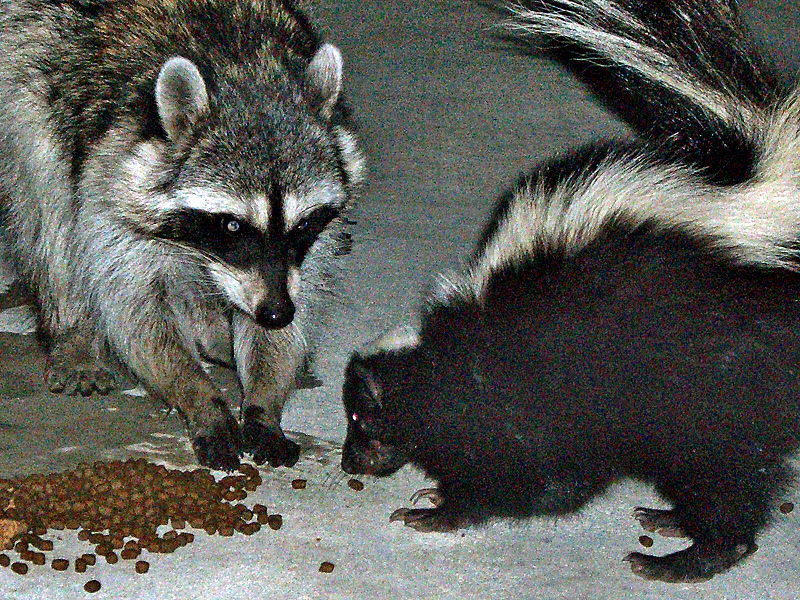
Rabies Awareness Alert for all pets and Livestock.
Once infection occurs, the rabies virus grows in muscle tissue and may go undetected for several days or months. during this incubation (or latent) period, the animal appears healthy and shows no sign of infection.
Usually within 1 to 3 months, the virus migrates to the nerves near the site of the infection and spreads to the spinal cord and brain (i.e., the central nervous system). It usually takes from 12 to 180 days to spread through the peripheral nerves to the central nervous system. At this point, the disease progresses rapidly, and the animal begins to show the classic behavioral signs of rabies. The virus spreads to the saliva, tears, breast milk, and urine. The animal usually dies in 4 or 5 days.
Rabies causes typical symptoms. The infection progresses in a predictable manner, from the initial prodormal phase to the excitative, or furious, phase to the final paralytic phase.
The first sign usually is a change in behavior. Pet owners should be aware that behavioral changes can occur as a result of many conditions, from digestive disorders to poisoning.
Rabid animals usually stop eating and drinking, and may appear to want to be left alone. after the initial onset of symptoms, the animal may become vicious or begin to show signs of paralysis. some rabid animals bite at the slightest provocation and others may be somnolent and difficult to arouse. Once the animal shows signs of paralysis, the disease progresses very quickly and the animal dies.
Prodromal Phase: first Symptoms of Rabies
The early symptoms of rabies tend to be subtle, last 2 to 3 days, and include the following:
- Change in tone of the dog’s bark
- Chewing at the bite site
- Fever
- Loss of appetite
- Subtle changes in behavior
Furious Phase: “mad Dog Syndrome”
The second phase of infection usually lasts 2 to 4 days and not all rabid animals experience it. Animals that enter immediately into the final paralytic phase are sometimes said to have dumb or paralytic rabies. Animals that spend most of their diseased state in the furious phase are sometimes said to have furious rabies. an infected dog may viciously attack any moving object, person, or animal; a caged rabid dog will chew the wire, break their teeth, and try to bite a hand moving in front of the cage. Rabid cats will attack suddenly, biting and scratching. Foxes will invade yards and attack dogs, cows, and porcupines.
They may show the following signs:
Paralytic Phase
The third and final phase of infection usually lasts for 2 to 4 days. Initial symptoms include the following:
- Appearance of choking
- Dropping of the lower jaw (in dogs)
- Inability to swallow, leading to drooling and foaming of saliva (i.e., “foaming at the mouth”)
- Paralysis of jaw, throat, and chewing muscles
Paralysis then spreads to other parts of the body, the animal becomes depressed, rapidly enters a coma and dies.